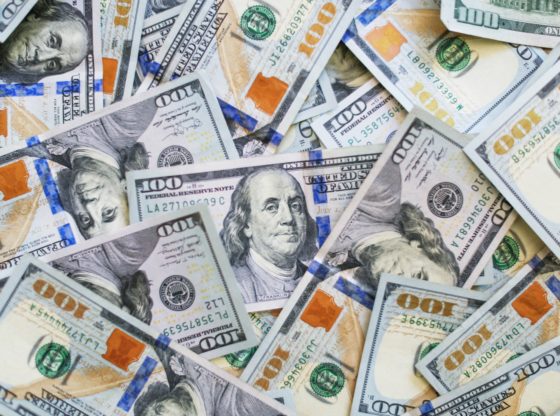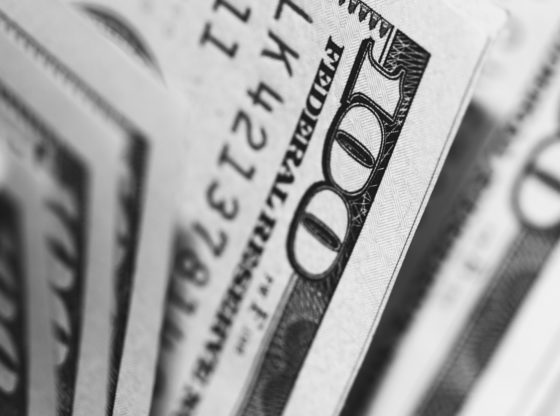Compound interest refers to the interest you earn on the money you’ve invested as well as the interest you’ve earned on your interest. It’s your money making more money. It’s one of the best ways for you to put your money to work over time.
The interest you’ll earn initially is relatively small, but as time goes on, it becomes much bigger.
Ever heard of Warren Buffett, one of the richest guys in the world? The vast majority of his net wealth has come in the very latest years of his life. It took him roughly 56 years to build a net worth of $1 billion. It took him only 27 years after that to turn that $1 billion into nearly $60 billion—and for that, he largely has compound interest to thank.
Factors that determine the power of compounding
1. Compounding rate
The interest rate you earn on your investment, i.e. the returns you earn. If you invest in stocks, this would be your total profit from capital gains and dividends.
2. Time duration
The longer your money can remain uninterrupted, the more your wealth can grow with the help of compounding. This is no different than planting a tree. The tree is going to be bigger and bear more fruit when it is 50 years old than it was when it was just 20 years old.
3. The tax rate
Tax rates and timing of the tax, you have to pay to the government effect on the wealth accumulation. You will end up with far more money if you do not have to pay taxes at all, or until the end of the compounding period rather than at the end of each year.
Applications of compounding
In case of bank fixed deposits (FDs), when you let the interest accumulate throughout the duration instead of withdrawing it every month, you get a higher amount in the end.
Mutual funds, on the other hand, have been successful in making use of the compounding concept in the most effective manner. They do so by means of giving growth options. In this, all the profits earned by the mutual fund are reinvested in the scheme by the fund manager.
Thus, it allows a higher amount to get invested in the underlying scheme which generates a higher return than the dividend option of the mutual fund scheme.










